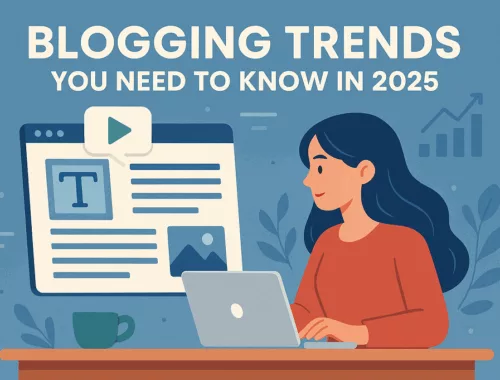
How to Use Storytelling in Blog Writing

Introduction to Storytelling in Blog Writing
Storytelling is an age-old technique that has evolved over time but still remains an effective tool in the arsenal of content marketers and bloggers alike. Incorporating storytelling into blog writing can significantly enhance reader engagement and retention. It can make your content more memorable and help you stand out from your competitors.
By weaving a compelling narrative, you can captivate your audience, allowing them to relate to your brand on an emotional level and ultimately encouraging them to share your content with others. This article will provide you with practical tips on how to harness the power of storytelling in your blog writing.
The Basics of Storytelling in Blog Writing
1. Start with a hook — the opening line should be captivating and immediately grab the reader’s attention. It could be a question, an anecdote or even a problem that your reader is experiencing.
Example:
“As the old adage goes, it’s easier to catch flies with honey than vinegar. But when it comes to SEO, it’s easier to rank #1 in search engines using black hat techniques, but it comes with a price.”
2. Use narrative elements like setting, characters, conflict, and resolution to build your story.
Example:
“When I started my journey into the world of SEO, I thought it would be easy to rank my site at the top of search engine results. Little did I know that navigating the world of SEO is not as straightforward as it sounds.”
3. Keep your stories short and simple. Focus on the point you want to make and avoid unnecessary details.
Example:
“After trying several black hat techniques, my site eventually crashed, and I lost all my rankings on Google.”
How to Craft a Captivating Story
1. Personalise your stories. Share your own experiences and lessons. When your readers see that you are human, they will connect with you on an emotional level.
2. Be authentic. Don’t try to be someone you’re not. Your authenticity will make your story more believable and your readers will appreciate the honesty.
3. Use real-life examples. Include case studies or statistics to illustrate your points. This can help to make your story more credible and engaging.
Writing Engaging Stories for Your Audience
1. Choose the right tone. Be sure to tailor the tone of your story to your target audience. A positive and uplifting tone may be more effective with a younger demographic while a more technical tone may appeal to a business audience.
2. Use metaphorical language to make your story more relatable and engaging. A metaphor is a figure of speech that compares two unlike things to highlight a particular quality.
Example:
“SEO is a digital garden; it takes time and effort to nurture and maintain, but the rewards are well worth the investment.”
Storytelling and SEO
1. Incorporate storytelling into your SEO strategy. Create content that tells a story and make use of SEO best practices to improve your content’s visibility in search engine results.
2. Use storytelling to create a sense of urgency. By illustrating how a problem can be solved, you can help your readers to see the need for action.
3. Make use of SEO tools to help you create content that tells a story. Google Trends can help you identify trends that are currently in vogue and can be used to create content around them.
Example:
“Using Google Trends, we can see that there has been a significant increase in interest in the topic of ‘digital marketing’. Our article on the topic of digital marketing has seen a surge in views, demonstrating the need for businesses to take action and invest in digital marketing strategies.”
Conclusion
Storytelling in blog writing is an effective way to engage and retain your readers. By incorporating narrative elements, personalising your stories, and using real-life examples, you can create compelling content that will help you to stand out from your competitors. By following these practical tips, you can create content that not only tells a story but also helps to improve your SEO ranking.
You May Also Like

Transform your passion into a thriving online business with our expert tips and tricks on starting a blog and making money.
May 12, 2025
Blogging Trends You Need to Know in 2025
May 28, 2025


